Do you like to go to museums when you travel? I often seek them out in an effort to dig deeper into the cultures of the places I visit. What major historical events shaped the current society? Who were the best local artists and what did they create? Museums help me answer these questions, plus others I didn’t know I had. When a city has as many quality museums as Riga, Latvia, it can be difficult to decide which to prioritize on a short trip. There are literally dozens to choose from! Some are super niche and quirky, while others have much broader appeal. To help you figure out which ones are right for you, I’ve put together this comprehensive guide to Riga museums.
1991 Barricades Museum
After Latvia reasserted its independence in 1990, its people feared the Soviet Union wouldn’t let the country go without a fight. To protect Riga from a Soviet military invasion, local citizens erected barricades around important buildings and structures. Exhibits inside the 1991 Barricades Museum show where these barricades were located and explain why they were critical to the success of Latvia’s struggle for independence. The museum also honors the memory of the brave Latvians who died fighting for their country. After exploring the museum, walk around the corner to Dome Square, where scars from the barricades can still be seen on the Latvian Radio and Television Building. Entrance to the museum is free, though donations are encouraged.
Perfect for: Anyone interested in Cold War history or the former USSR
Location: Old Town, near the 1221 Restaurant
Closed: Saturday and Sunday
Aldaris Beer Museum
The Aldaris Beer Museum can be found on the grounds of the historic brewery, which has been operating in Riga since 1865. Hour-long tours begin next to the brewery’s original copper vats and end with a glass of beer at the bar. Knowledgeable beer sommeliers can accompany your tour and explain the brewing processes and equipment, but this must be reserved in advance. Additionally, the Beer Museum offers tastings and advanced classes in beer making. You can find out more about the tours and prices here.
Perfect for: Beer drinkers over 18 years of age
Location: Sarkandaugava, near Mezaparks (take bus 49 to “Aldaris” or tram 5 to “Gaujienas iela”)
Closed: Sunday (and half day on Saturday)
Art Museum Riga Bourse
From fine European paintings and porcelain to Egyptian mummies and Southeast Asian fabrics, the Art Museum Riga Bourse has something for just about everyone. The extensive collection of foreign art is housed in the old Riga Stock Exchange, or bourse, which dates to the mid-19th century. Don’t miss the view of Dome Square from the top floor windows! Special exhibitions on the ground floor often have a separate entrance fee; you can check the schedule here.
Perfect for: European and Asian art enthusiasts
Location: Old Town, opposite Riga Cathedral in Dome Square
Closed: Monday
Art Nouveau Museum
Latvia’s golden 1900s are recreated at the stunning Riga Art Nouveau Museum. Rooms overflow with antique furnishings and costumed staff flit about the restored apartment as though they live there. (Guests are encouraged to don period hats if they are so inclined.) No detail was overlooked, from the painted ceilings and table settings to the clothes hanging in wardrobes and jars lining the pantry. Descriptions are available in multiple languages and a short film explains the nuances of the Art Nouveau architecture, which is known for its fantastically ornate facades. Riga boasts hundreds of buildings in this style, more than any other city in the world.
Perfect for: Architecture and art history aficionados
Location: Central Riga, at the end of Albert iela
Closed: Monday
Corner House KGB Museum
The Corner House, or Stura Maja in Latvian, served as KGB headquarters during the Soviet occupation of Latvia. For nearly 50 years, the fearsome secret police imprisoned, interrogated, tortured, and sometimes murdered victims in the sound-proofed basement of what was once a grand Art Nouveau apartment building. Although the humongous place has gotten a face lift in recent years, there’s no covering up the horrors that were perpetrated inside. Entrance to the ground floor museum is free, though tickets for guided cell block tours must be purchased in advance. (You can buy them online here.) Tours begin in the front lobby, where people would attempt to find out what happened to missing family members, and end with a dramatized video clip of a man being executed and his corpse secreted out the back entrance. It was horrifying to watch, and a potent reminder of the depravity of the KGB.
Perfect for: Anyone interested in Cold War history or the former USSR
Location: Central Riga, near Old St Gertrudes Church
Closed: Open everyday
Fashion Museum
The Riga Fashion Museum was opened in 2016 in collaboration with the Paris-based Alexandre Vassiliev Foundation. Alexandre Vassiliev is a renowned fashion historian with over 55,000 pieces in his collection, some of which are now on display in the 14th century cellars of an Old Riga building. At the time of my visit, Latvia was celebrating its centennial and the museum’s featured clothing and accessories from 1918 – the year the country gained independence. Exhibitions change several times per year; you can find the current one here. The permanent collection shows off historical styles ranging from flappers to disco to punk rock, with corresponding music to set the mood.
Perfect for: Fashionistas
Location: Old Riga, near the House of the Blackheads
Closed: Open everyday
Jews in Latvia Museum
Latvia was home to a thriving Jewish population of around 93,000 before Nazis occupied the country in 1941. By the end of WWII, 75 percent of this community had been killed. The Jews in Latvia Museum was created by a group of Holocaust survivors to remember the lives of those human beings and preserve a culture that was nearly erased. Family photographs and letters are on display along with religious paraphernalia salvaged from Latvia’s destroyed synagogues. Chilling exhibits reveal the atrocities committed inside the Riga Ghetto and Latvia’s concentration camps, and a map shows the location of mass graves around the country. The heroes who risked their lives to save Jews are honored, and I was especially touched by the photographs of the survivors’ children. The museum is housed in a restored Jewish theater and entrance is free with donations requested.
Perfect for: Anyone with an interest in Latvian, Jewish, or WWII history
Location: Central Riga, near Esplanade Park
Closed: Friday and Saturday
Laima Chocolate Museum
The Laima Chocolate Museum takes visitors on a journey through the history of chocolate making in Latvia. The first thing you’ll notice is the delicious aroma wafting out of the factory next door – I don’t think my mouth has ever watered as much! Next you’ll be given a cup of rich hot chocolate to enjoy while perusing the exhibits. These range from a historical timeline and vintage advertisements to videos showing how cacao is harvested and turned into the form we all know and love. A special machine lets visitors customize the wrapper for their own souvenir chocolate bar. Be sure to present your museum ticket in the gift shop for a 15% discount.
Perfect for: Families with children and anyone with a sweet tooth
Location: Central Riga, on Miera iela near Rocket Bean Roastery
Closed: Monday
Latvian Ethnographic Open-Air Museum
Enter the forested world of Ancient Latvia at the sprawling Ethnographic Open-Air Museum. 118 historic buildings from across the country have been relocated here and filled with traditional furnishings and tools. During the summer months, costumed artists bring the place to life. The museum is open year round and many important events are held on the grounds, including the winter solstice celebration and annual spring craft fair. (You can check the schedule here.) Food options are limited in winter, but during the summer cafes dish out classic Latvian fare.
Perfect for: Families with children and nature lovers
Location: 30 minutes northeast of Riga, near Lake Jugla (take bus #1 to the Brivdabas Muzejs stop)
Closed: Open everyday
Latvian Fire Fighting Museum
The Latvian Fire Fighting Museum is occupies a lovely Art Nouveau firehouse that dates to 1912. The museum has an extensive collection of antique vehicles and fire safety equipment, such as uniforms, pumps, and hoses. Visitors are allowed to don some of the items and test their fire-extinguishing capabilities in an interactive game. Photos depict the evolution of fire fighting over the years and highlight some of the country’s biggest catastrophes.
Perfect for: Families with children
Location: Central Riga, near Skonto Stadium
Closed: Sunday and Monday
Latvian Museum of Photography
If you like to look at old sepia photos and camera equipment, then the Latvian Museum of Photography has you covered. The walls of a 16th century merchant’s house are lined with black-and-white photographs, many taken in Riga studios. Costumes and set pieces recreate those studios inside the museum, while restored wooden box cameras are poised for action. The building’s top floor showcases special art exhibitions, though the gorgeous parquet floor is what grabbed my attention.
Perfect for: Photographers
Location: Old Town, near St Peter’s Church
Closed: Monday and Tuesday
Latvian National Museum of Art
The award-winning Latvian National Museum of Art is home to Latvia’s premier collection of visual artworks. Special attention is given to renowned Latvian painters such as Vilhelms Purvitis and Janis Rozentals. The museum has over 7,000 paintings in its collection, and those not on view in the galleries can be glimpsed through the glass vault in the basement. Other unique touches include windows positioned so that Riga landmarks are framed as art and glass floors/ceilings. A staircase leads through stark white rafters to a rooftop terrace. Download the museum’s free app, “Makslas muzejs,” to get even more out of your visit.
Perfect for: Art lovers
Location: Central Riga, in Esplanade Park
Closed: Monday
Latvian Railway Museum
Latvia’s once robust rail network was decimated during WWII and only minimally restored by the occupying Soviets, who frowned on such bourgeois activities as sightseeing. Visitors can learn about this history and much more at the Latvian Railway Museum. The vast collection of photographs, maps, and train schedules inside is certainly engaging, but it’s the “rolling stock” that draws the crowds to the yard. Dozens of vintage locomotives and train cars are parked on the tracks behind the museum, and some are open for visitors to climb aboard.
Perfect for: Families with children, train enthusiasts, and anyone interested in Baltic history
Location: Across the Daugava river in Agenskalns, behind the Latvian National Library
Closed: Sunday and Monday
Latvian War Museum
The red-brick Powder Tower once formed part of Latvia’s medieval defensive fortifications, which makes it a fitting location for the Latvian War Museum. A cache of weapons and uniforms is displayed around the tower’s four floors, along with details of the country’s participation in both World Wars. Latvia’s struggle for independence, first from the Russian Empire in 1918 and then from the Soviet Union in 1991, is also explained. The few exhibits depicting medieval Riga left me wondering what the city could have become had it not suffered so much strife. Admission to the museum is free.
Perfect for: History buffs
Location: Old Town, inside the Powder Tower
Closed: Open everyday
Mentzendorff House
In 1695, a master glass maker built a shop house around the corner from the House of the Blackheads, Riga’s guild for unmarried merchants. The property eventually passed to August Mentzendorff, who supposedly sold the best coffee in town. Heavily damaged during WWII, the building was boarded up and forgotten until the early 1990s. Amazingly, original 17th and 18th century murals were discovered and restored to form the centerpieces of the Mentzendorff House museum. Period furnishings have been provided by the Museum of the History of Riga and Navigation to illustrate how wealthy Rigans used to live. Visitors can stroll through the entire house from the ground floor shop and kitchen to the living quarters upstairs. Both the cellar and attic hold special exhibits showcasing local artisans, while the museum’s glass studio pays homage to the original owner. Note that the staircases are steep and narrow.
Perfect for: Restoration experts and those interested in European history
Location: Old Town, behind the House of the Blackheads
Closed: Monday and Tuesday
Museum of Decorative Arts and Design
The collection inside the Museum of Decorative Arts and Design is eclectic to say the least. Pieces on display range from heavy wood furniture and woven carpets with traditional Latvian folk motifs to avant-garde fashions and Art Deco porcelain plates. The modern designs stand in stark contrast to the thick stone walls and exposed wood beams of the 12th century church they call home. A ground floor vestibule hosts an impressive array of shows that tie into the applied arts theme. It is a very unique use of space!
Perfect for: Modern fashion and design fans
Location: Old Town, near St Peter’s Church
Closed: Monday
Museum of the History of Riga and Navigation
Spread across 16 rooms of historical buildings within the Riga Cathedral complex, the Museum of the History of Riga and Navigation is a delight to explore. The extensive collection walks visitors through 800 years of Riga’s history, from the founding of the city by Bishop Albert in 1201 to the re-establishment of Latvian independence in 1991. Special attention is paid to Riga’s tenure in the Hanseatic League and the importance of the shipping trade. Some of the fascinating items on display include 12th century leather boots, a set of dueling pistols, emblems from the guild houses, and a dress worn by Latvia’s first female president. When I lived in Riga I took all my guests to this museum and they were universally impressed.
Perfect for: Anyone who wants to know more about Riga
Location: Old Town, behind Riga Cathedral
Closed: Monday and Tuesday (October – May only; open everyday in summer)
Museum of the Occupation of Latvia
From 1940 until 1991, Latvia was occupied alternately by Nazi Germany and the USSR. During that span, Nazis forced the sizable Baltic German population to return “home” and wiped out the Jewish population. The Soviets deported tens of thousands of Latvian men, women, and children to Siberia where many died in appalling conditions. Those citizens who remained were subjected to systematic oppression by the Communist regime. The physical, financial, and emotional damage done to the country and its people cannot be overstated. Utilizing maps, photographs, propaganda posters, government documents, and personal letters, the Museum of the Occupation of Latvia provides an in-depth analysis of this terrible time and holds the perpetrators accountable for their crimes. Entrance is free, though donations are encouraged. Guided tours are also available.
Perfect for: Anyone interested in Baltic or Cold War history, WWII, or the former USSR
Location: Central Riga, inside the former US Embassy building between Esplanade and Bastejkalns parks
Closed: Open everyday
National History Museum of Latvia
The underrated National History Museum of Latvia provides a more upbeat look at the country’s past. Exhibits in the spacious building begin with original Stone Age settlements and continue to the early 20th century. Artifacts are arranged in rooms to give a sense of what life was like at various points in time. Beautiful examples of traditional costumes are on view, as are products from Latvia’s factories of yore. The visit ends with interesting explanations of Latvia’s long road to freedom, life for those exiled to Siberia, and the large communities of Latvians living abroad. The downside is that the explanations are only in Latvian.
Perfect for: Anyone who wants to know more about Latvia
Location: Central Riga, near the Freedom Monument
Closed: Monday
Natural History Museum of Latvia
Not to be confused with the similarly named museum above, the Natural History Museum of Latvia focuses on the region’s flora, fauna, and minerals. While some of the displays feel a bit dated, particularly those on human evolution and biology, the collection of taxidermied birds is truly exceptional. I was delighted to recognize a few specimens from Latvia’s live bird cams! There is also a decent number of animals from the Baltics and around the world. Other areas showcase insects, dinosaurs, and mineral deposits with varying levels of success.
Perfect for: Families with children and earth science fans
Location: Central Riga, near Vermanes park
Closed: Monday and Tuesday
Pauls Stradins Museum for the History of Medicine
If you are looking for something unusual to do in Riga, look no further than the Pauls Stradins Museum for the History of Medicine. It boasts one of the oddest collections I’ve ever seen! Exhibits show how the practice of medicine evolved from prehistoric times through the 20th century. The best rooms feature life-size dioramas, including a medieval village dealing with a plague epidemic. Some displays, like a lung with tuberculosis and casts from leprosy patients, are mildly disgusting, while others, such as early x-ray machines and Soviet space food, are riveting. If nothing else, you’ll leave with a new appreciation for modern-day hospitals! The museum was started by Pauls Stradins, a highly acclaimed doctor and professor who pioneered medical advancements in his native Latvia before the Soviet occupation put an end to his efforts.
Perfect for: Anyone interested in health, science, or the macabre
Location: Central Riga, near Kronvalda park across from the Russian Embassy
Closed: Monday
Pharmacy Museum
A branch of the Museum of the History of Medicine mentioned above, the Pharmacy Museum focuses on the development of pharmacology over the centuries. Visitors are welcomed into a mock Soviet-era pharmacy and taken on a backwards journey through the pharmacies of yesteryear. These include a 1920s shop featuring beautiful wood furnishings donated from the University of Latvia, a straw hut overflowing with the herbal remedies of a folk healer, and the laboratory of a medieval apothecary shop. The inner courtyard contains an herbal medicine garden and the cellar houses a replica 8th-century sauna.
Perfect for: Anyone interested in health or science
Location: Old Town, near the Galerija Centrs shopping mall
Closed: Monday
Riga Ghetto Museum
In 1941, the Nazis relocated Riga’s Jewish population to a ghetto in the city’s Moscow district. The area, fenced in with barbed wire, comprised 16 city blocks and held 30,000 people. The Riga Ghetto Museum recreates that terrible place to show how life was for those forced to live there. Even though the inmates were allowed to take few belongings with them to the ghetto, they tried to make it feel like home. Their efforts were tragically short-lived; 24,000 thousand Jews from the Riga Ghetto were shot during the Rumbula Massacre later that year. All told, the Holocaust claimed the lives of 70,000 people in Latvia. Their names are listed at the museum, along with heart-wrenching photos of pre-WWII ballet classes and family gatherings.
Perfect for: Anyone with an interest in Latvian, Jewish, or WWII history
Location: Central Riga, next to the Spikeri warehouses
Closed: Saturday
Riga Motor Museum
The largest collection of antique vehicles in the Baltics is on view at the fabulous Riga Motor Museum. Most of the cars have been painstakingly restored to mint condition and are a feast for the eyes. Some, like a 1903 Krastin and a 1930s Auto Union V6 racer, are so rare that the museum has the only ones left in existence. One luxury sedan belonging to a French diplomat survived the entire Soviet occupation hidden in someone’s shed. A “Frankencar” is on hand to demonstrate how vehicles were salvaged and repaired during the scarcity of Soviet times. As if this weren’t enough, I was shown around by a local historian who worked there. His wealth of knowledge about the cars and their former owners brought the gleaming chrome to life. This is one of Riga’s best museums and I highly recommend a visit. Be sure to ask the staff questions and utilize all the interactive exhibits! My friend and I had a ball “riding” in a parade car.
Perfect for: Automobile enthusiasts
Location: 30 minutes east of Riga, near the University Hospital in the Vidzemes suburb (take bus 5 to the “Motormuzejs” stop)
Closed: Open everyday
Riga Porcelain Museum
In 1841, the Kuznetsov Factory opened in Riga and began turning out fine porcelain wares. Four decades later, the rival Jessen Factory opened and the two remained in healthy competition until WWII. Both factories were nationalized after the war and later combined to form the Riga Porcelain Factory, which existed until 1997. This history is presented by the Riga Porcelain Museum, where many beautiful items are on display. Bone white tea sets adorned with floral motifs, figurines of dancing Latvians in traditional dress, and plates baring Riga landmarks are but a few examples. “Red Corner” illustrates how the city’s porcelain producers adapted their designs to appease the Soviet authorities. While none of the objects in the museum are for sale, I have found plenty in antique shops around town. Look for the Riga Porcelain Factory stamp.
Perfect for: Anyone interested in fine arts
Location: Old Town, around the corner from St John’s Church
Closed: Monday
Romans Suta and Aleksandra Belcova Museum
Romans Suta and Aleksandra Belcova are two of Latvia’s preeminent artists of the 1920s and 1930s. Their works are known for colorful Cubist and Art Deco designs and are featured in several Riga museums. The couple’s apartment has been converted into the Romans Suta and Aleksandra Belcova Museum, with their some of their paintings and personal belongings on display. I appreciated the additional insights I gained into these talented artists.
Perfect for: Art history experts and fans of Cubism
Location: Central Riga, near the Splendid Palace theater
Closed: Sunday and Monday
World of Hat Museum
The award for quirkiest museum in Riga goes to the World of Hat. It showcases an astounding array of hats and ethnic headgear from around the world, all acquired by the owner on his travels. Visitors can marvel at bejeweled crowns and helmets, Chinese silk caps and slippers, African tribal masks, and embroidered bonnets from all over Europe – to name just a few. There are hundreds of items in the collection! Most of the finest pieces are protected inside glass cases, but a bunch of fun hats are on hand for visitors to try on.
Perfect for: Fashionistas and budding anthropologists
Location: Central Riga, in the Embassy district between Kronvalda and Viesturdarz parks
Closed: Monday and Tuesday
Zanis Lipke Memorial
The Janis Lipke Memorial is a small but powerful museum dedicated to someone who, with his family and a few close friends, saved over 50 Jews from the Riga Ghetto during WWII. Mr. Lipke, an employee at the dock warehouses, was responsible for transporting ghetto inmates to and from work each day. When the opportunity arose, either from lax security or by bribing the guards, he would help Jews escape. Some were hidden with trusted friends in Riga, while others were spirited away to farms in Dobele. The rest survived the war in a secret bunker under Mr. Lipke’s woodshed. Amazingly, the Lipke family was never betrayed to the Nazis and continue to live in Riga to this day. The museum was built next to their home and designed by premier Latvian architect Zaiga Gaile. (It can be tricky to find; click here for a detailed map.) Ring the buzzer on the gate to gain access.
Perfect for: Anyone with an interest in Latvian, Jewish, or WWII history
Location: Kipsala, an island in the Daugava next to Vansu bridge
Closed: Sunday and Monday
Tell me: which of these Riga museums are you most interested in?
PIN IT!
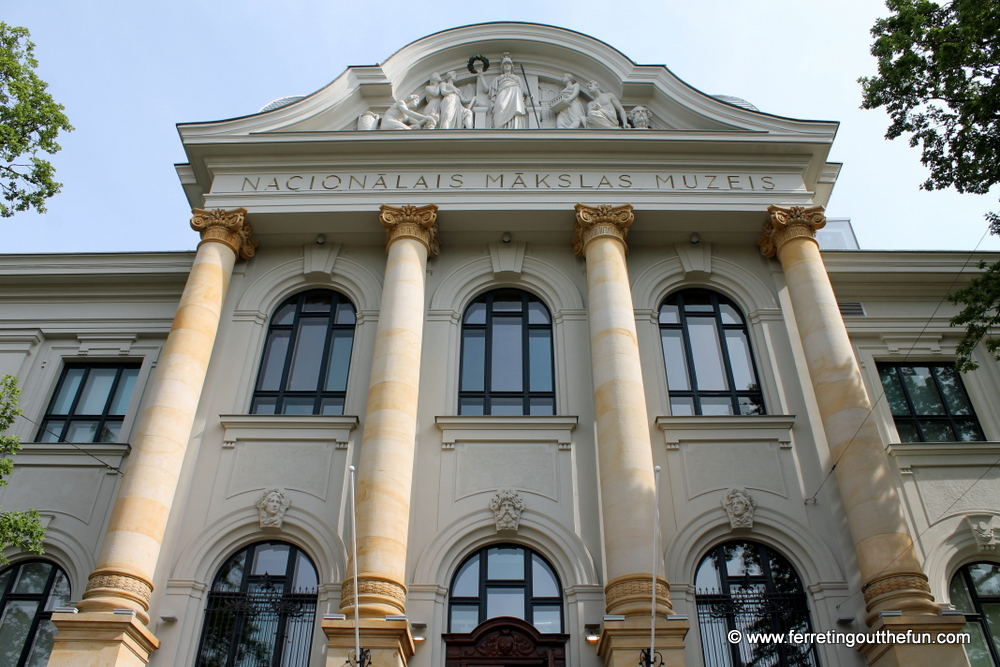
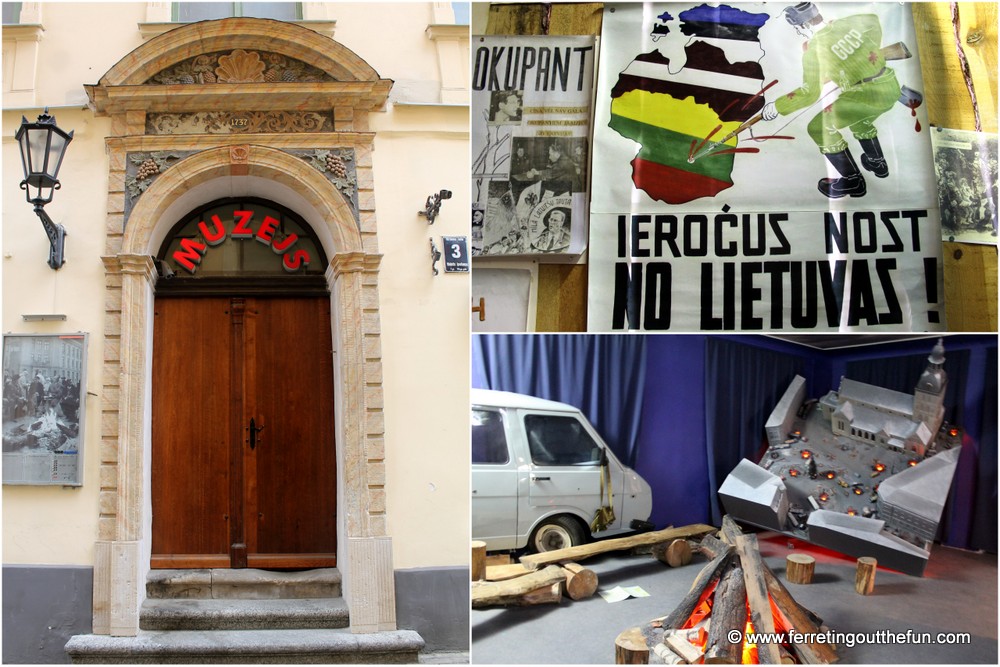
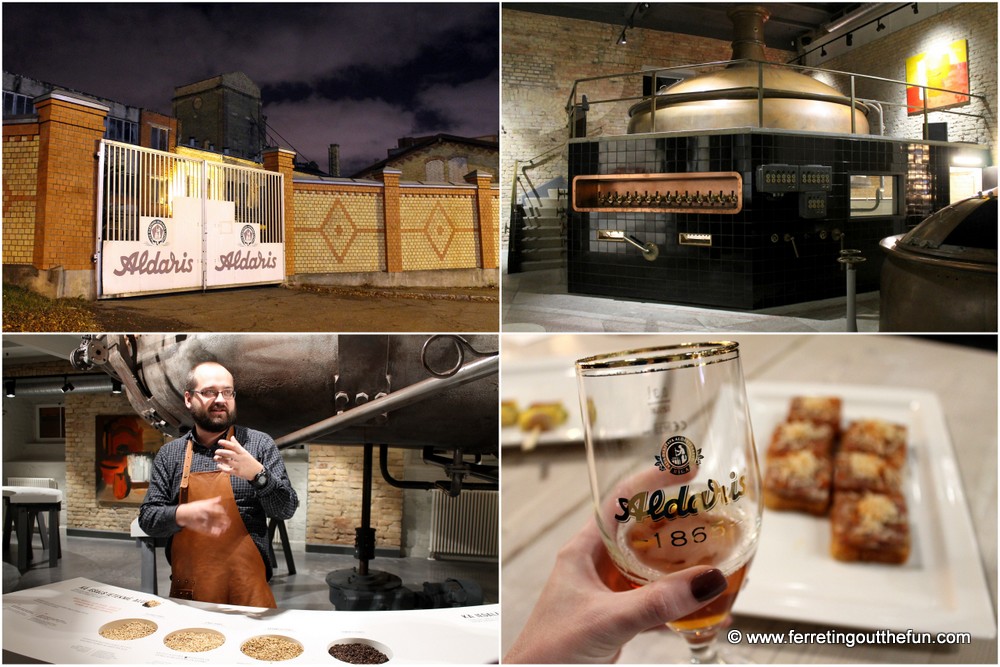
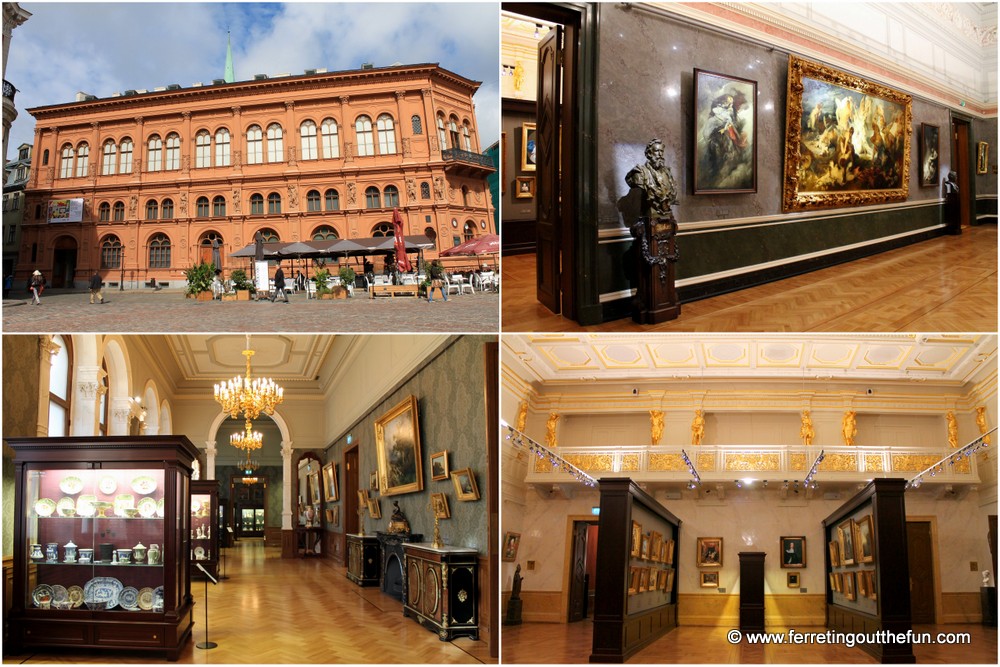
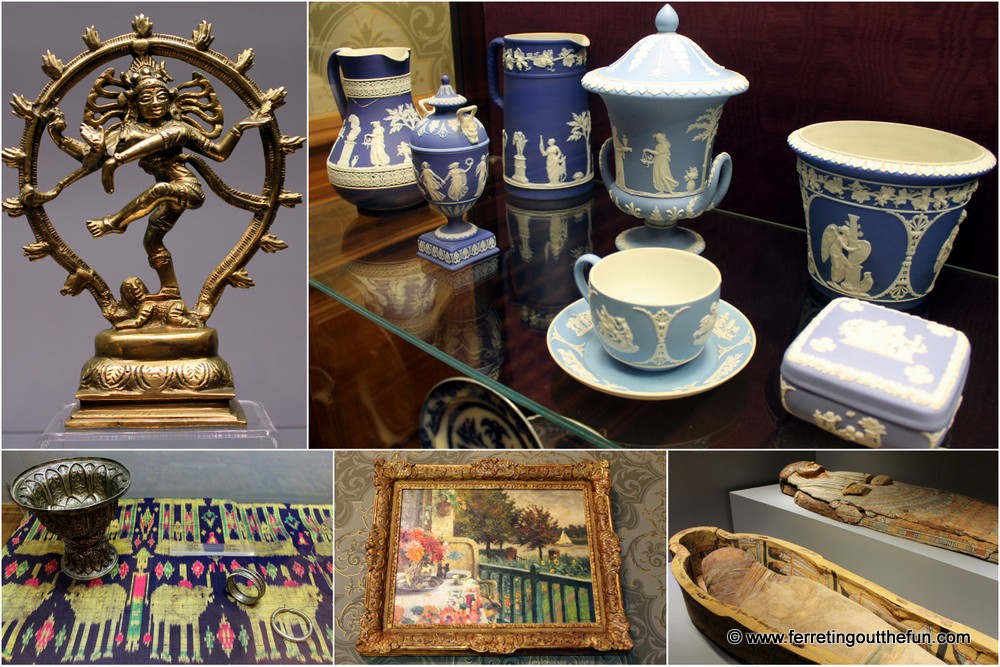

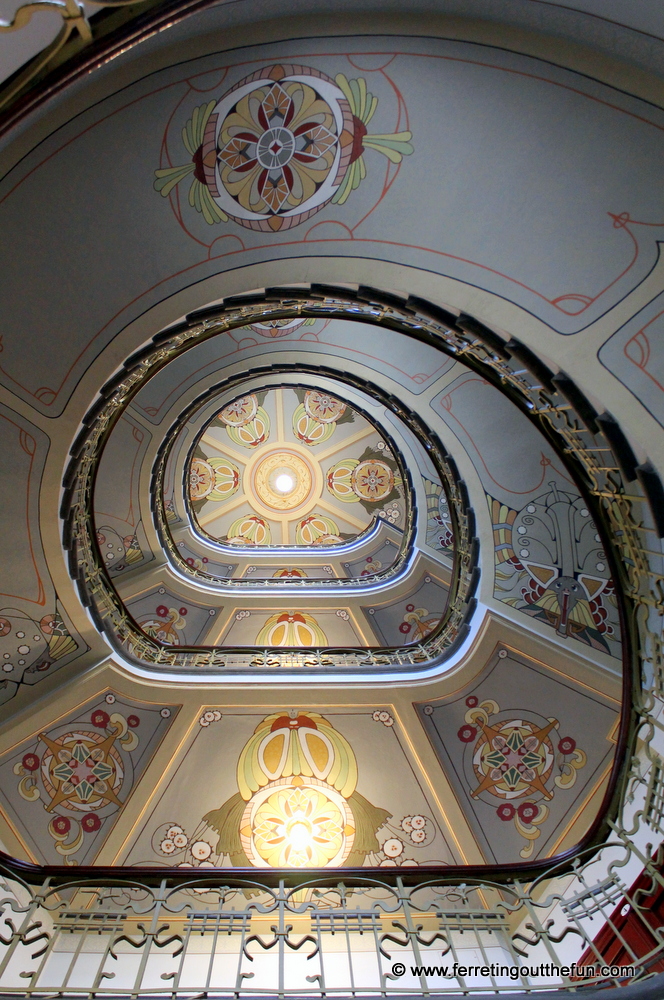
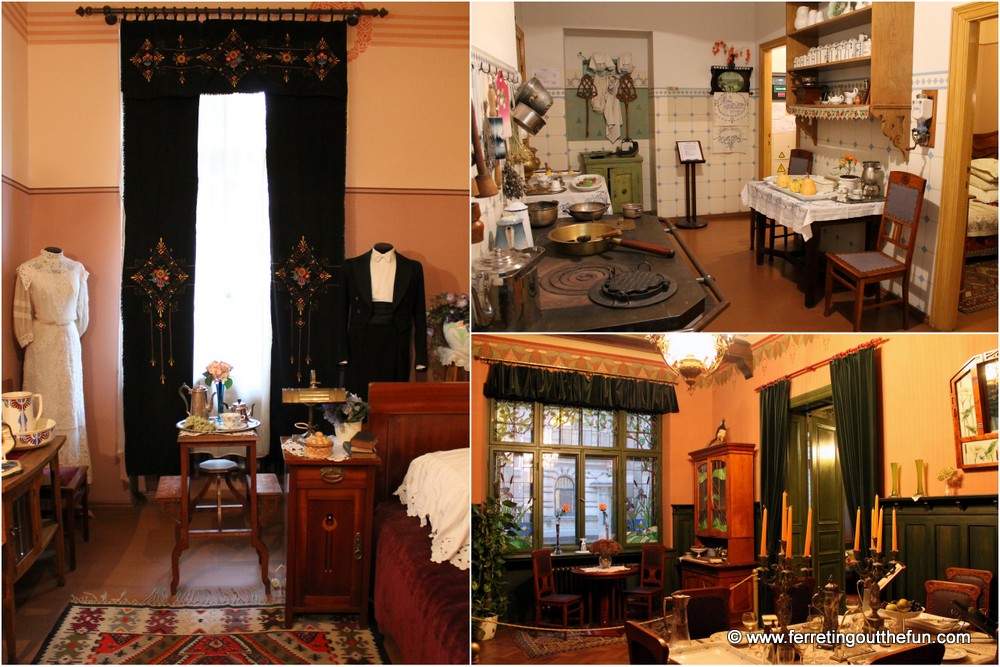
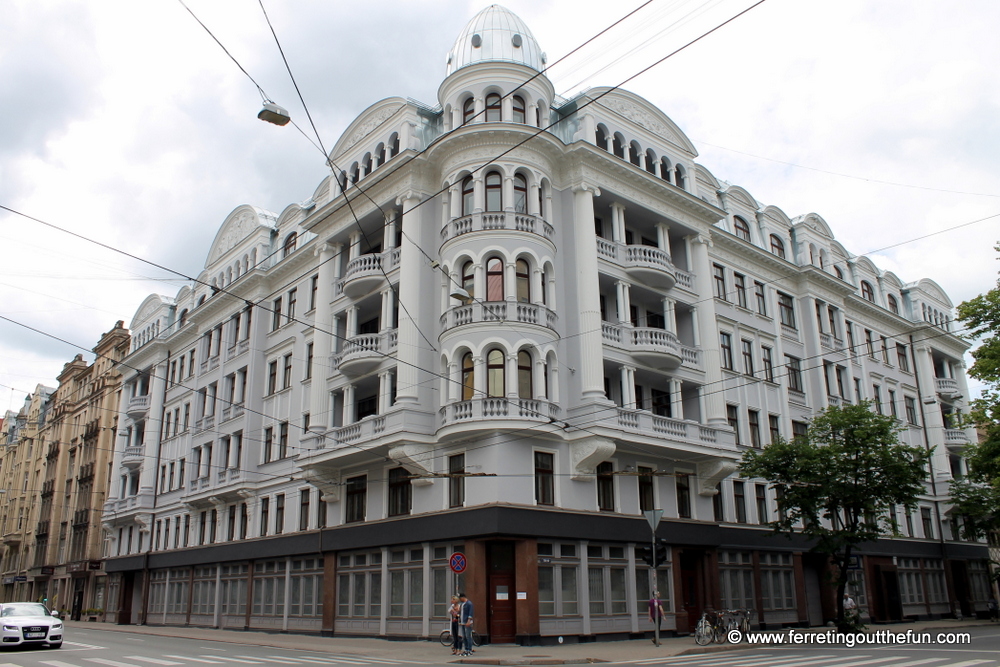
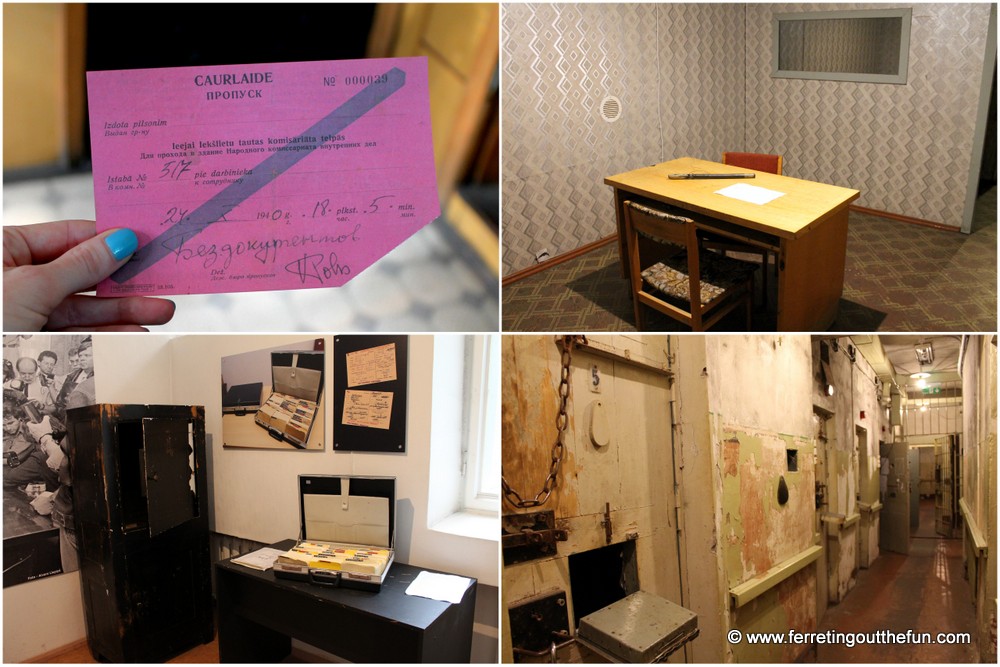
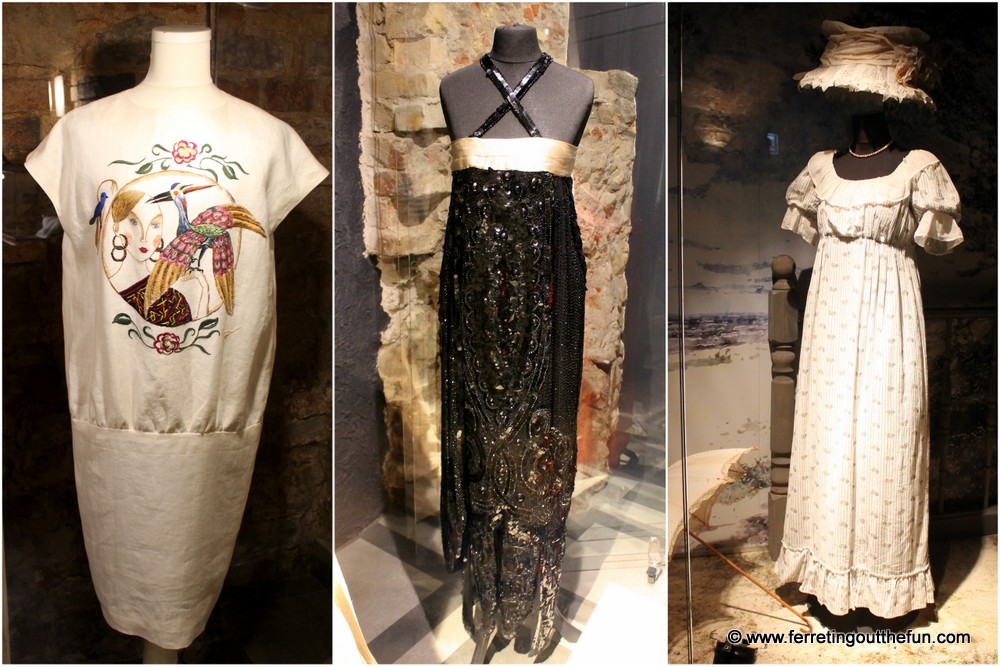
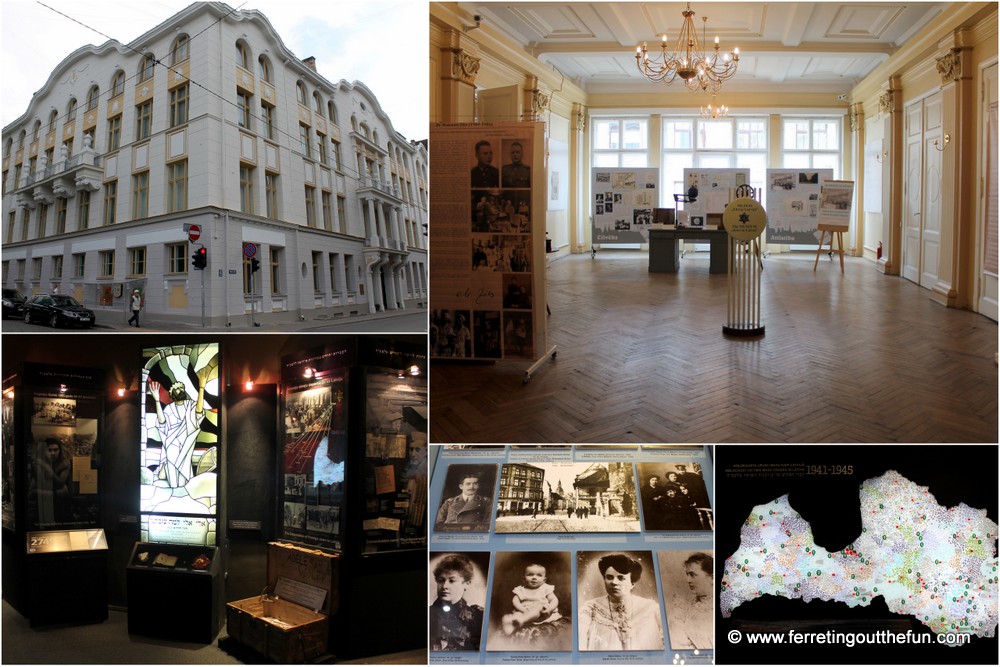
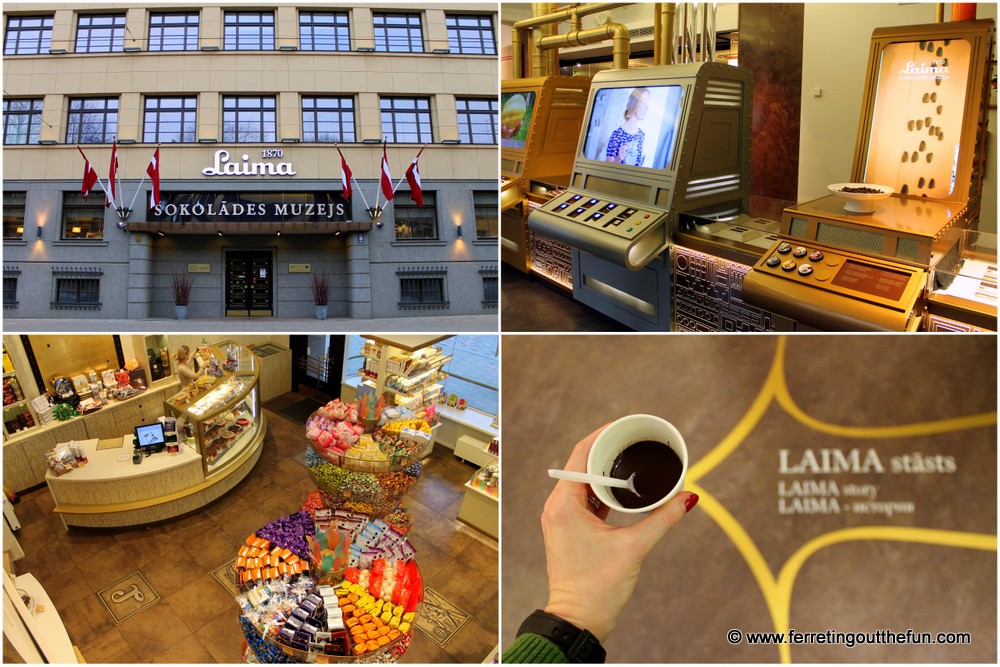
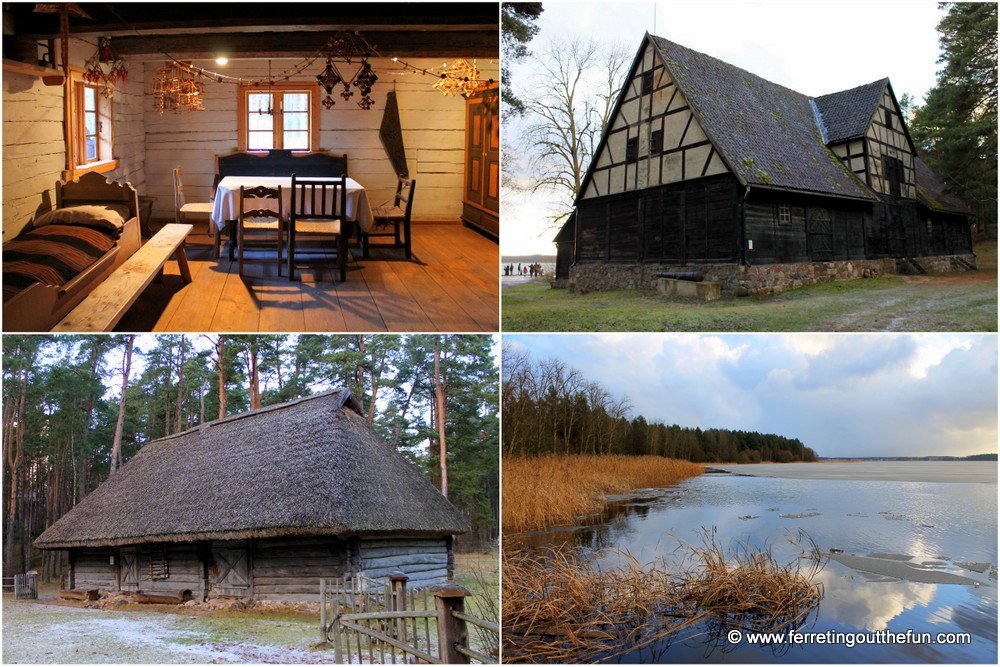
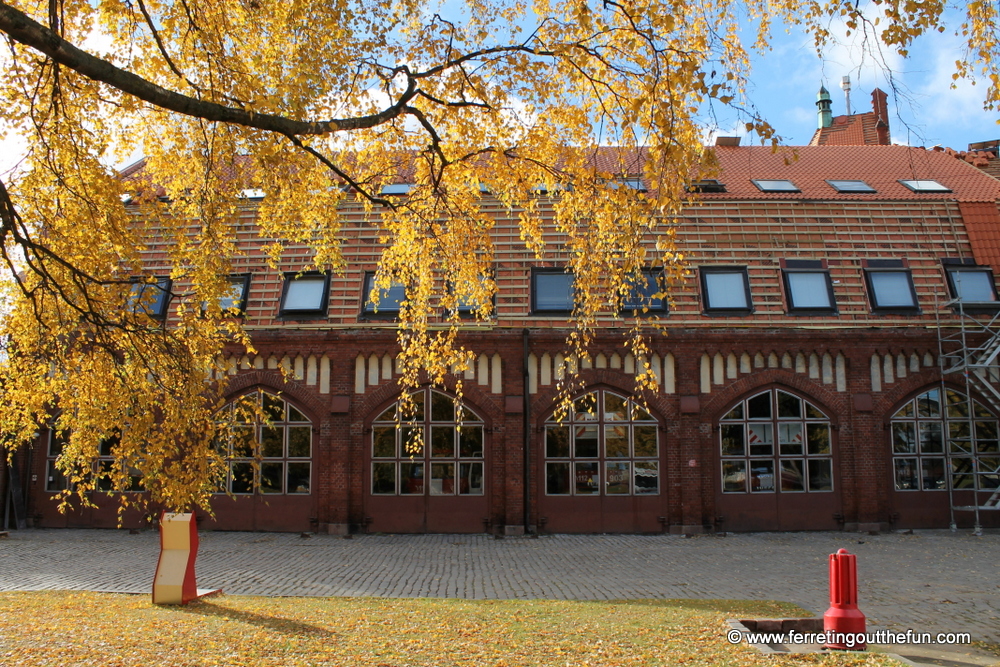
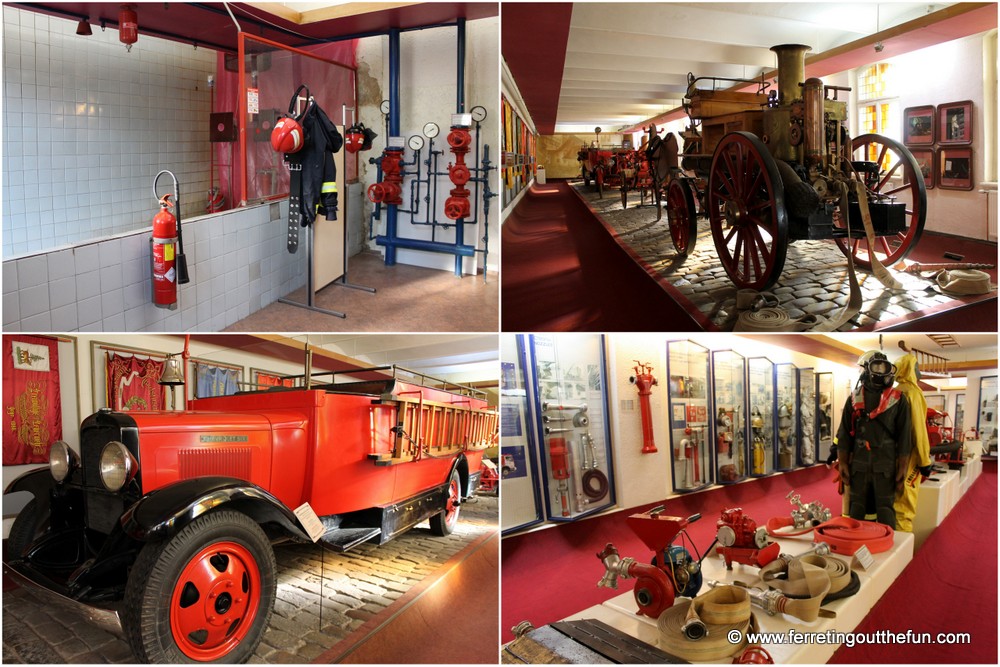
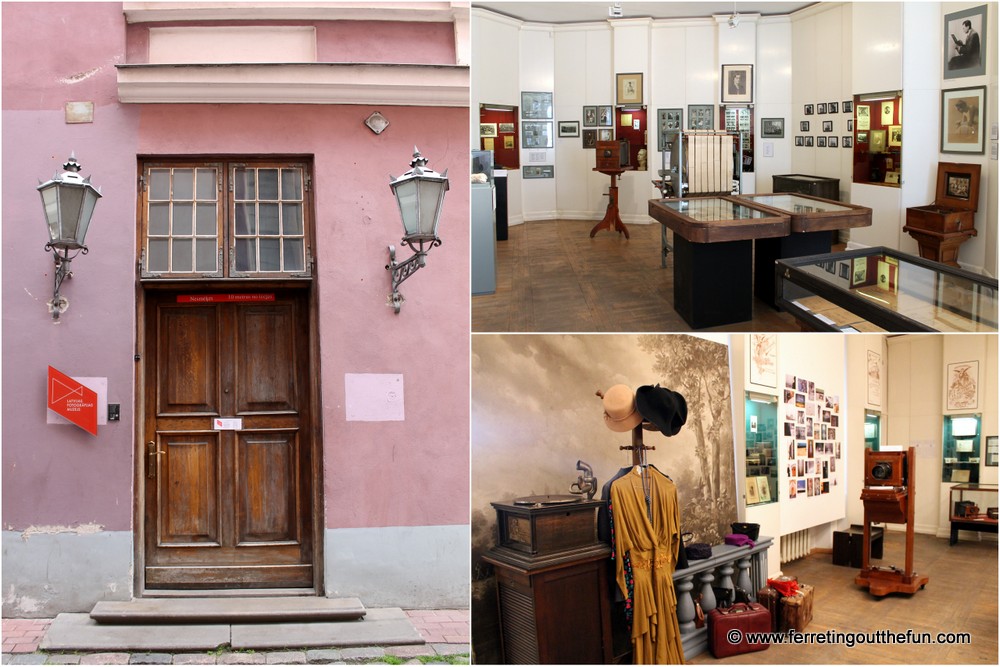
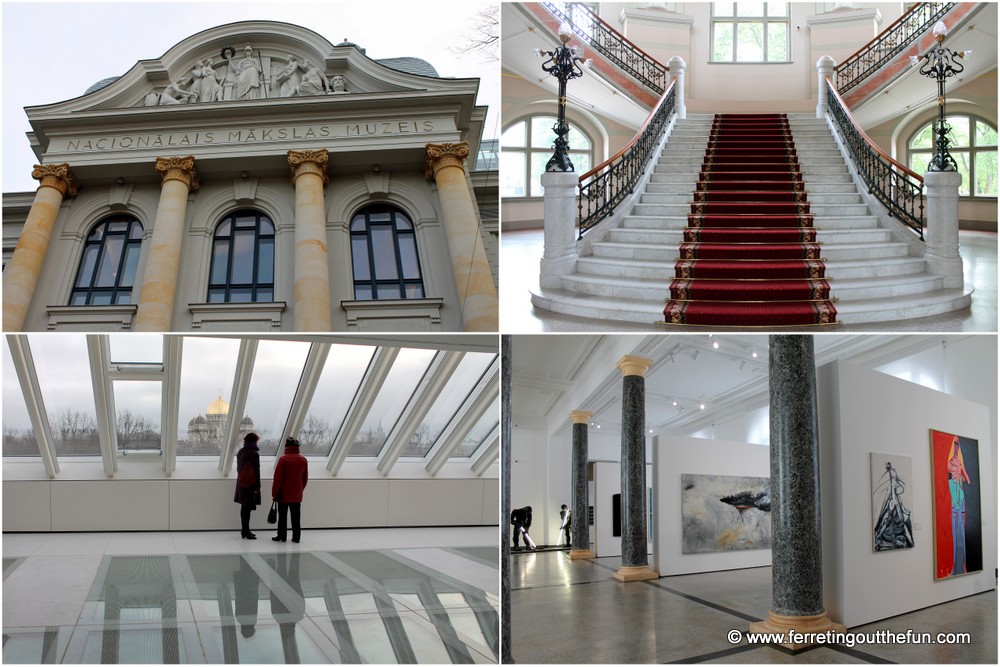
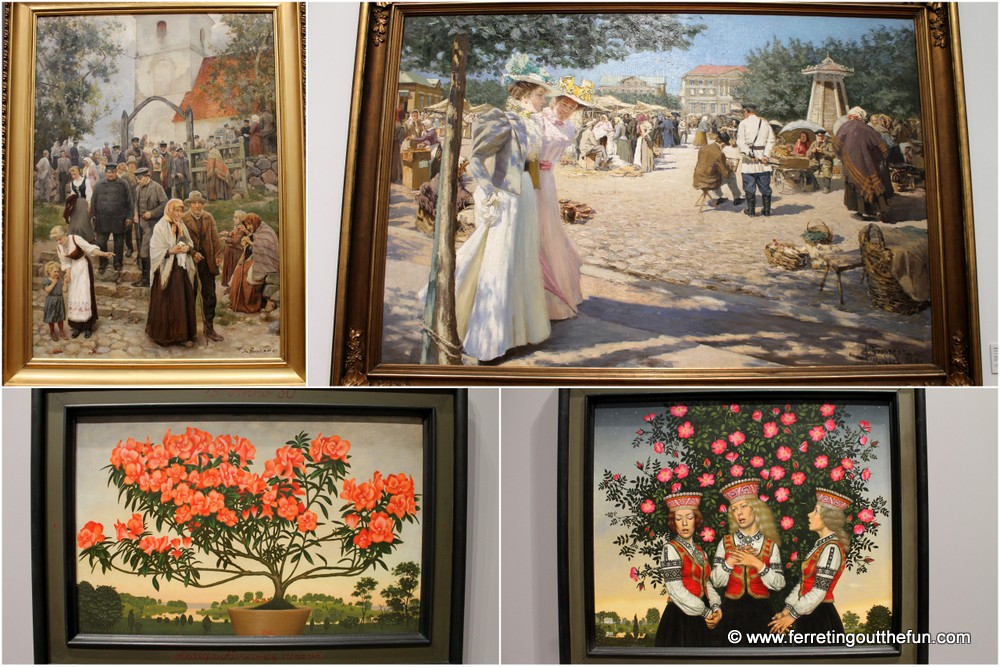
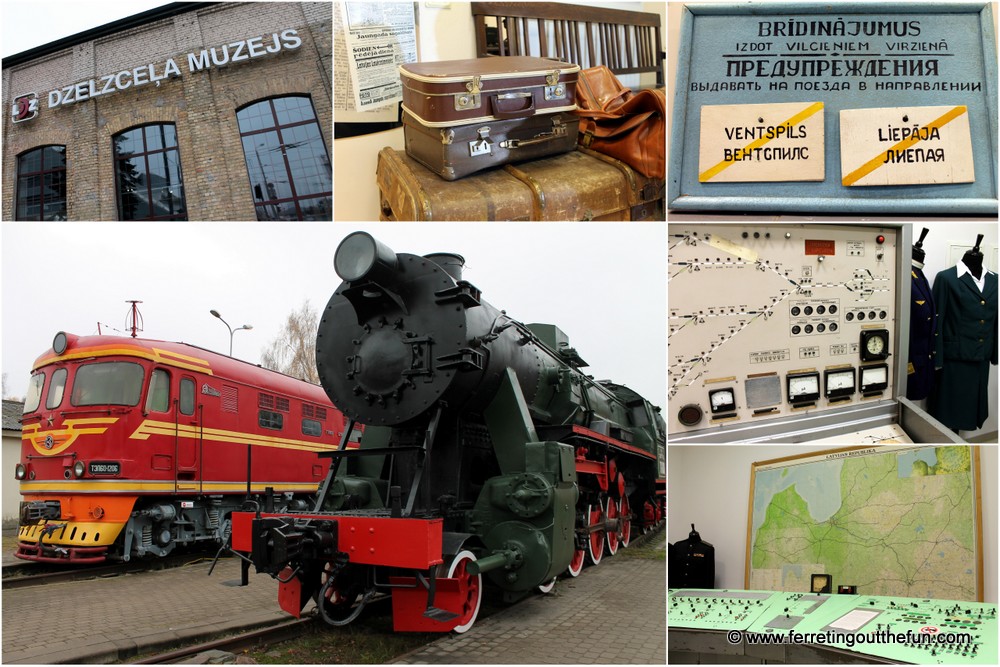

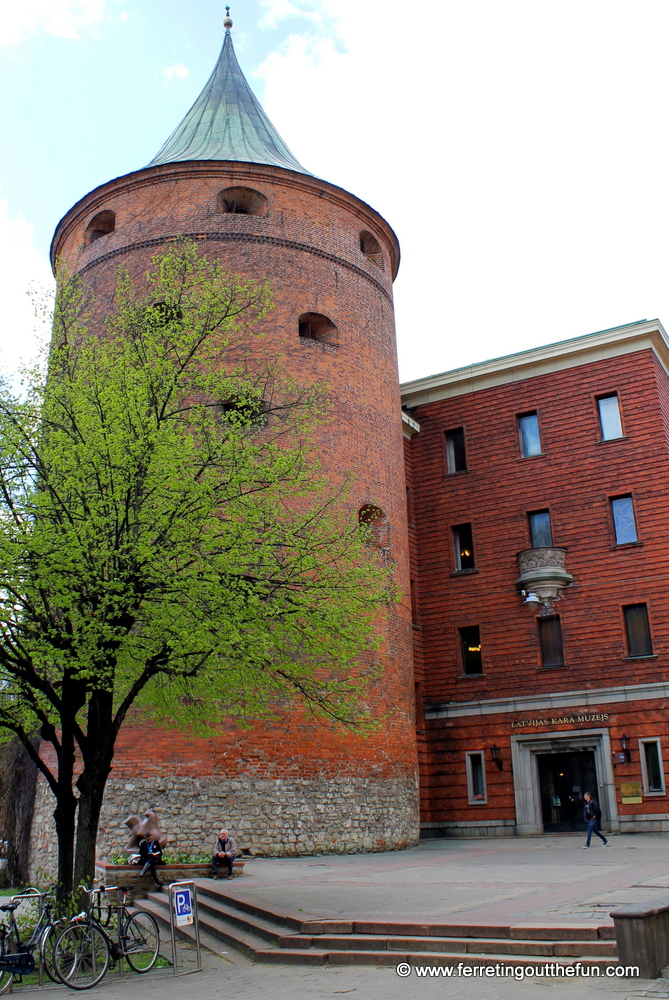
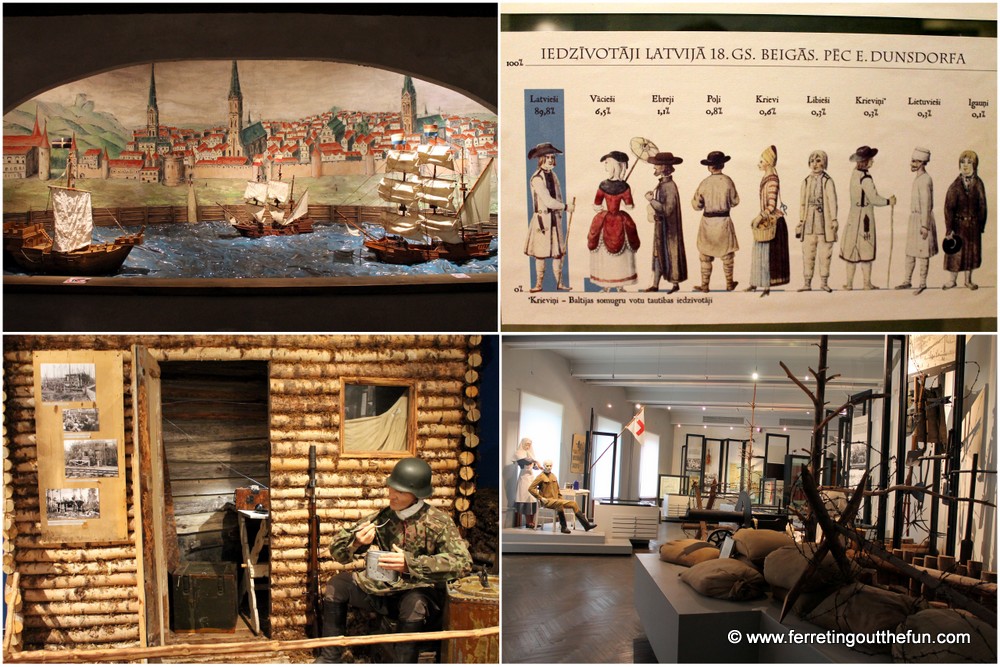
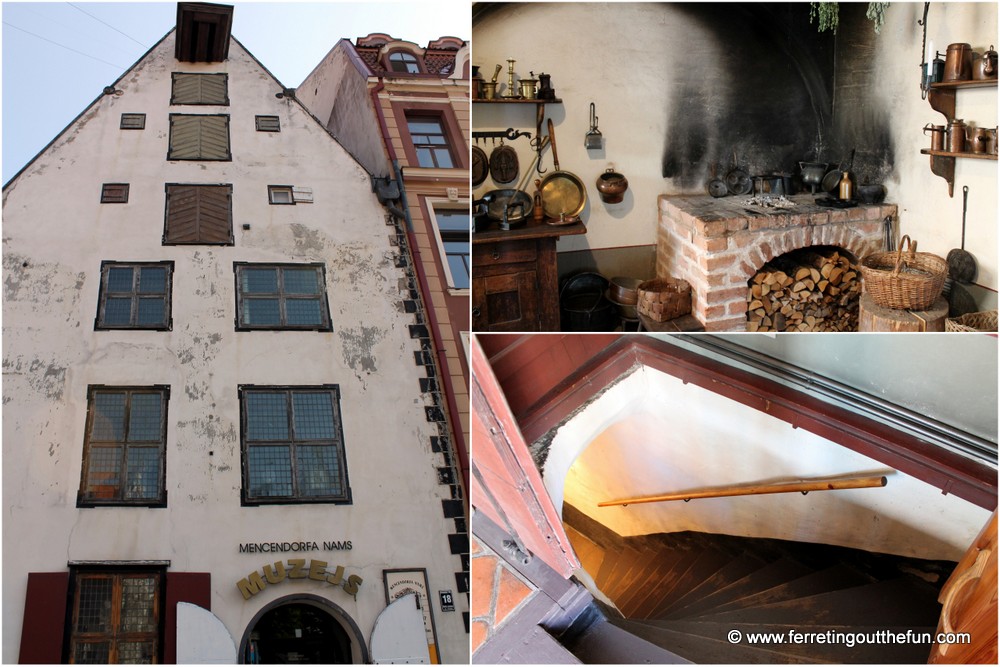

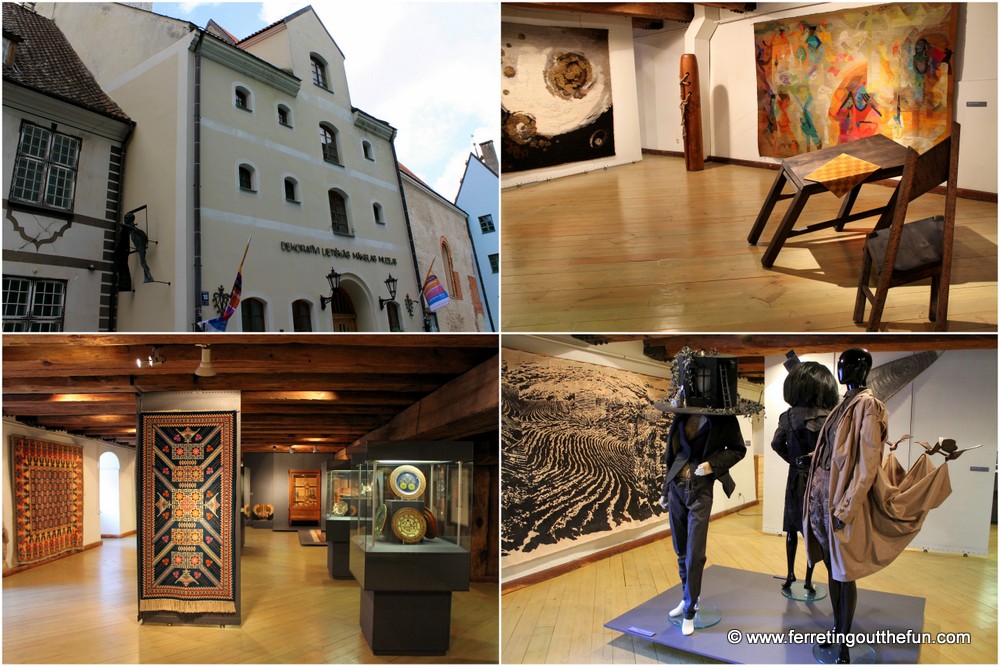
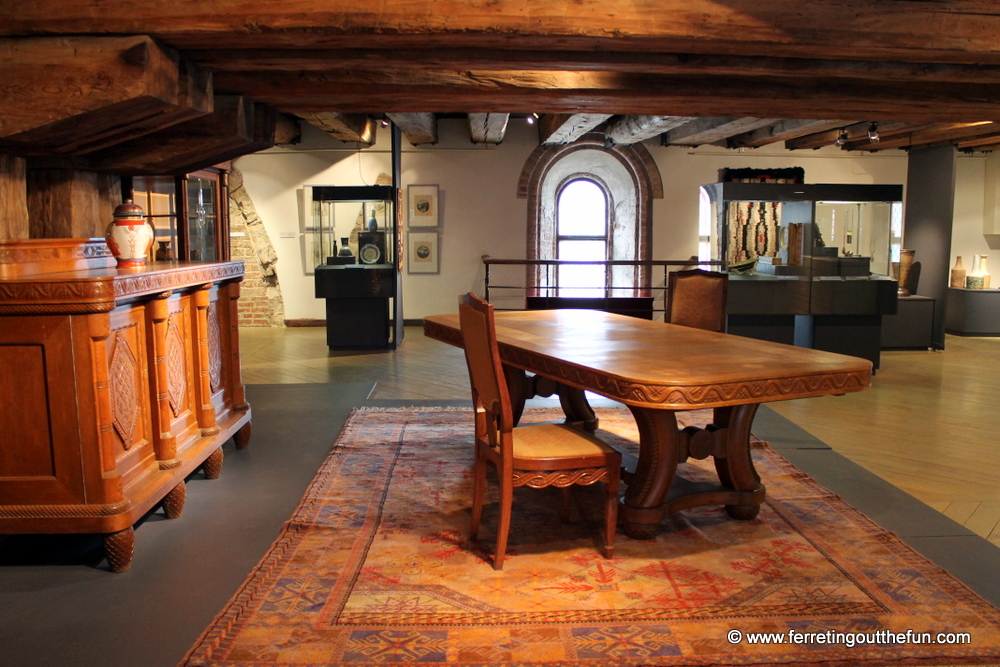


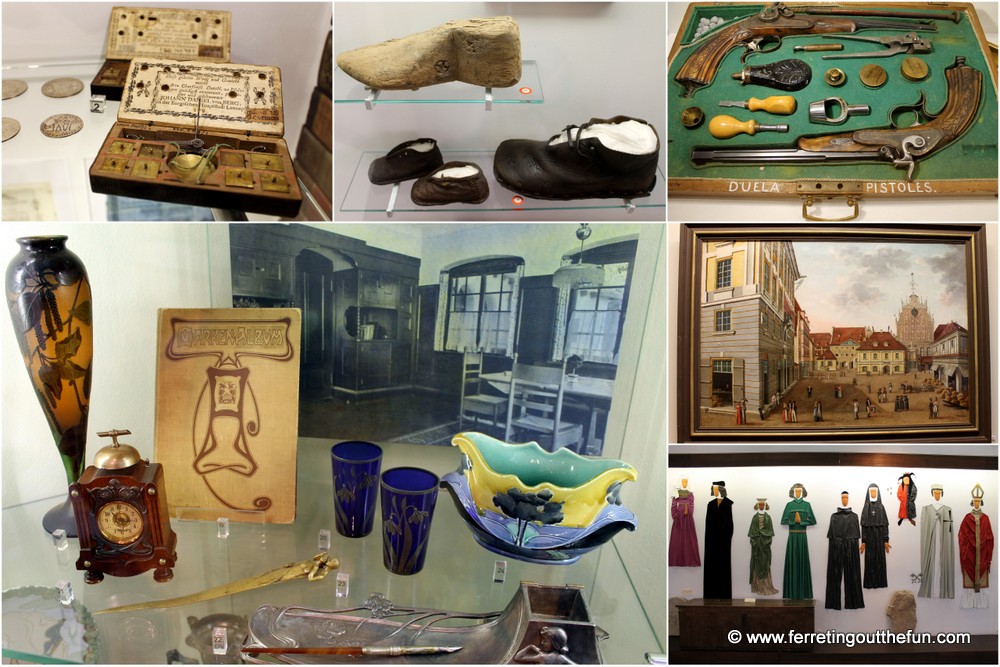


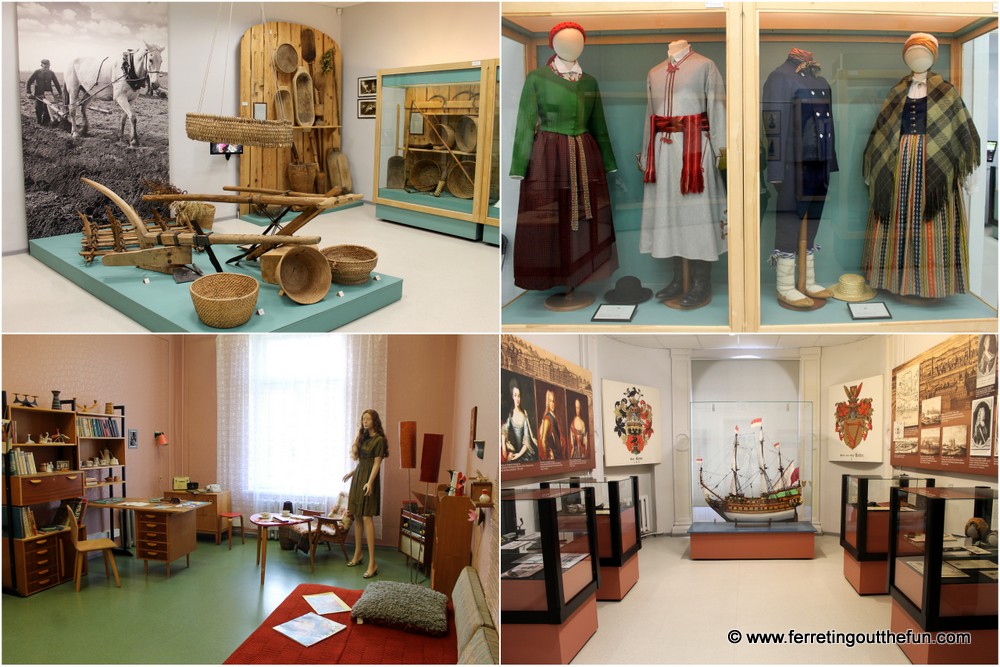


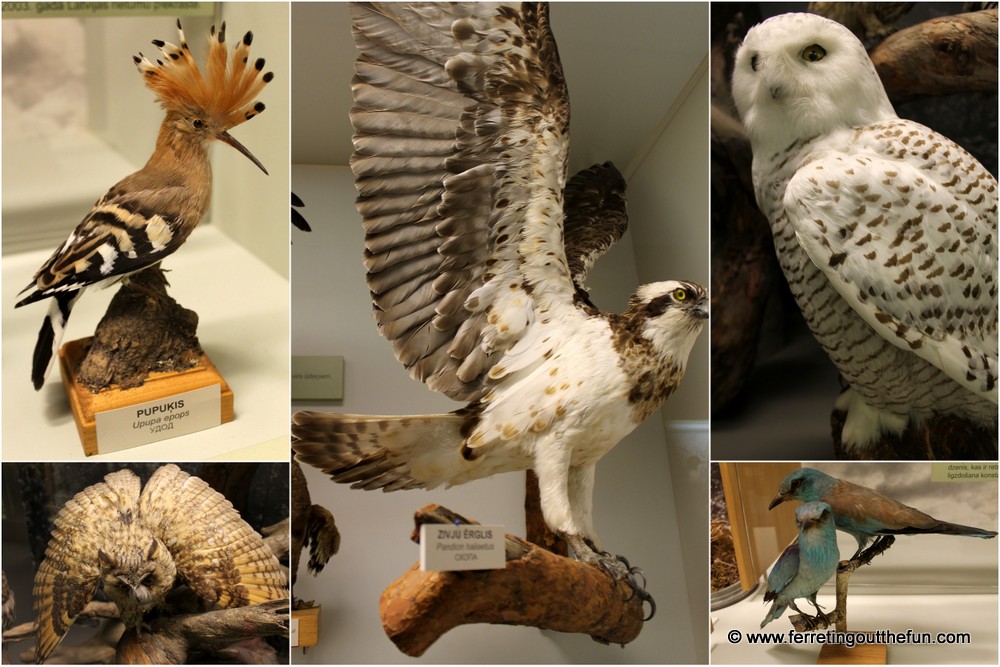

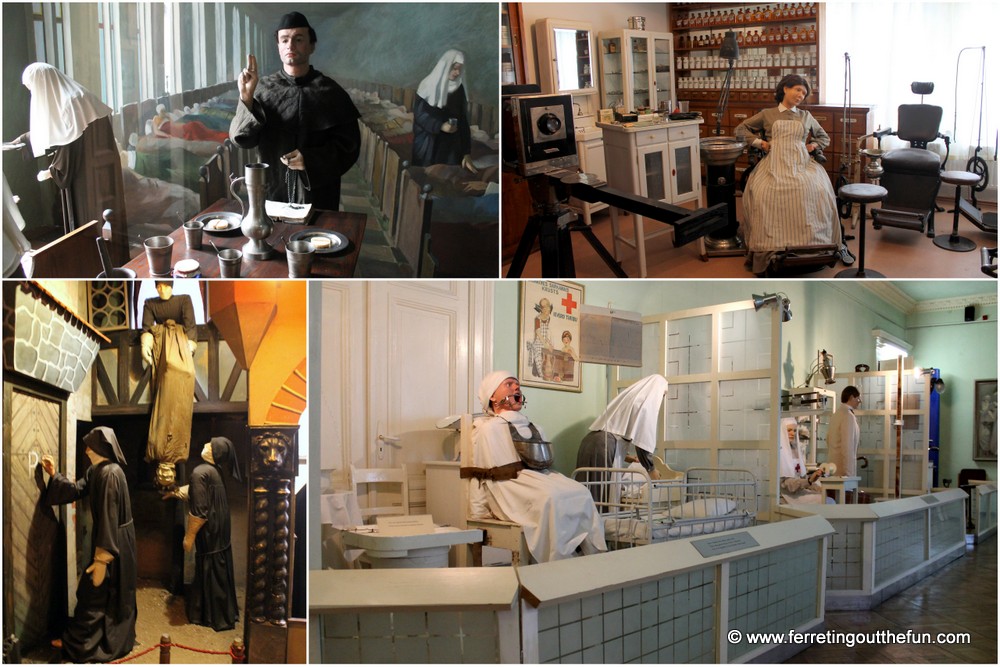
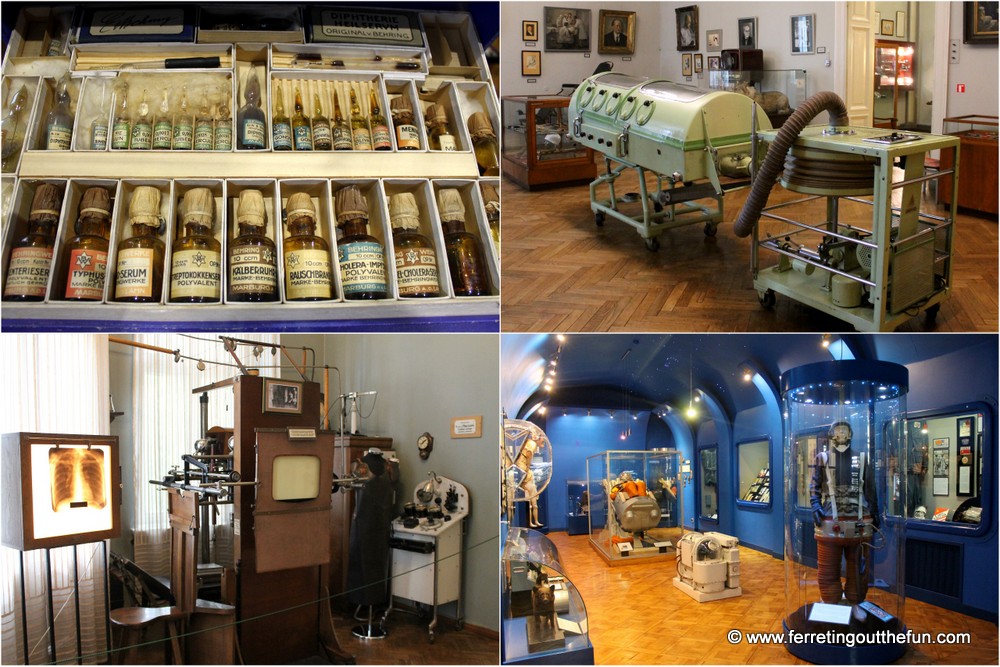


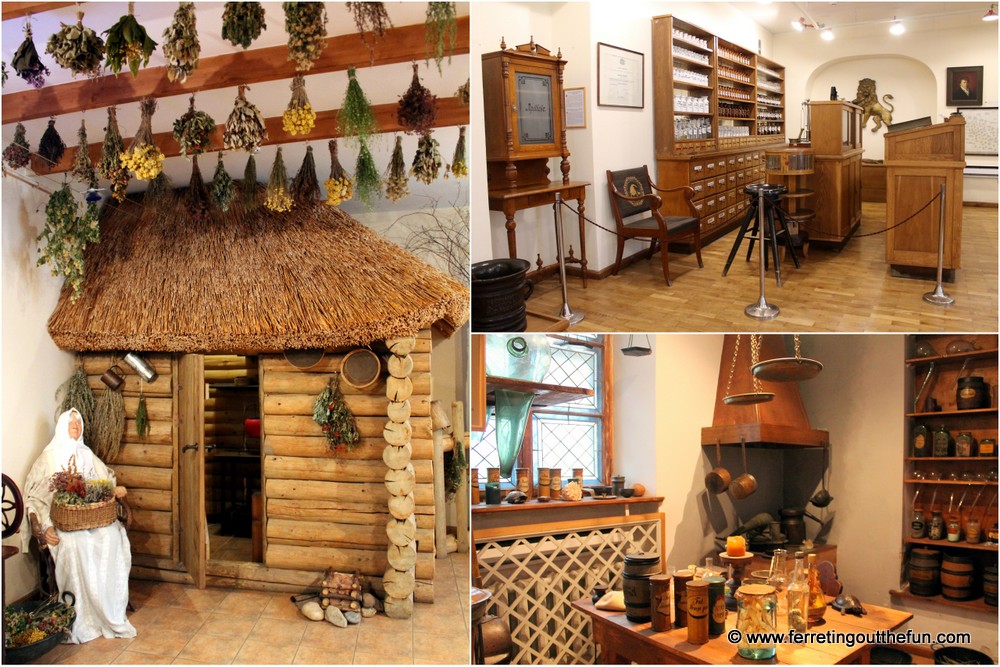
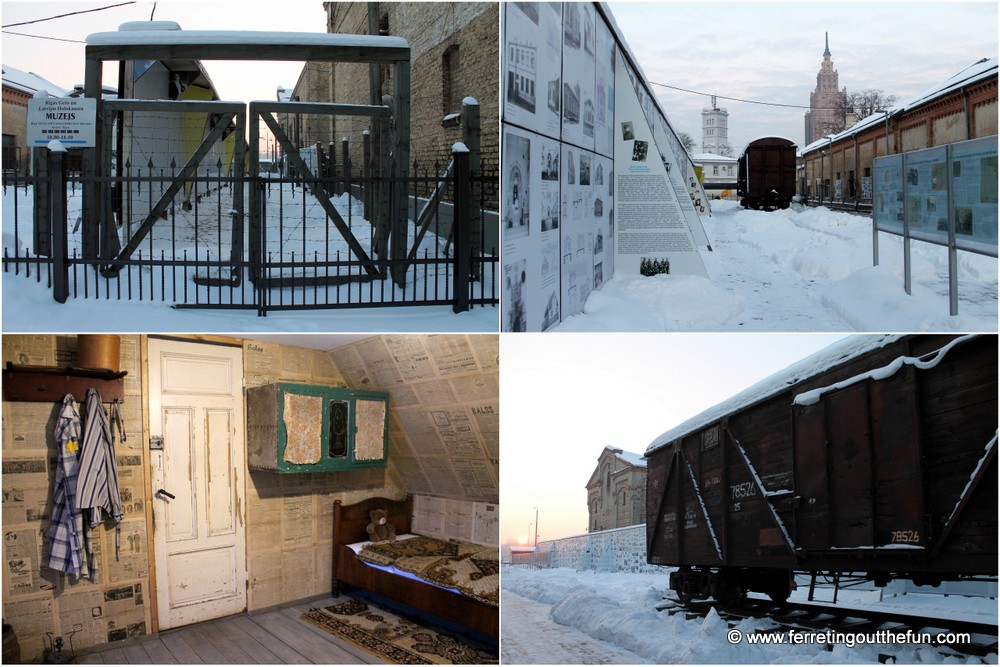
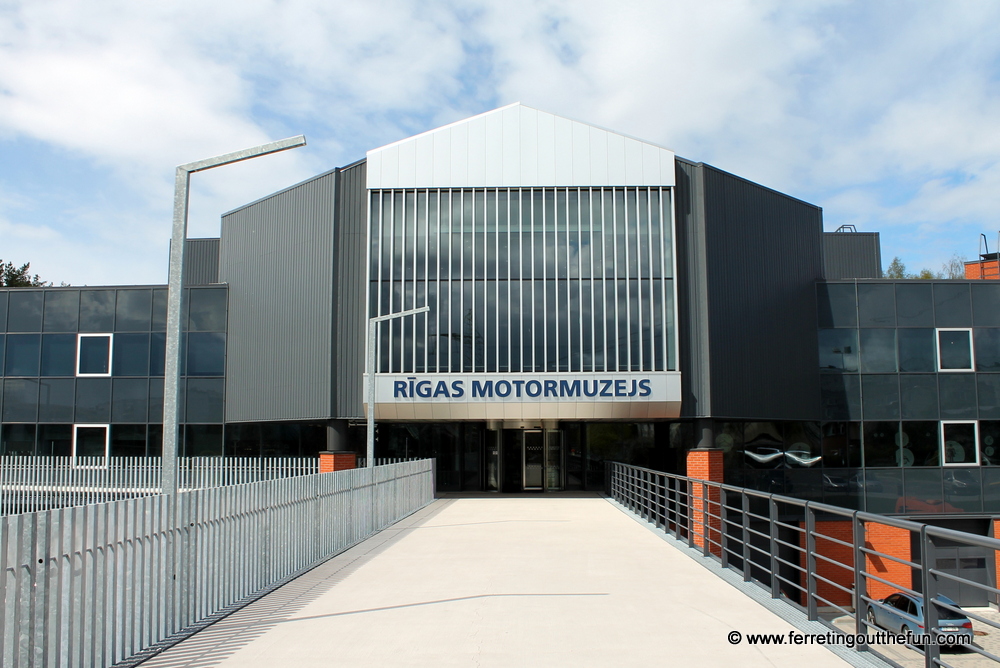
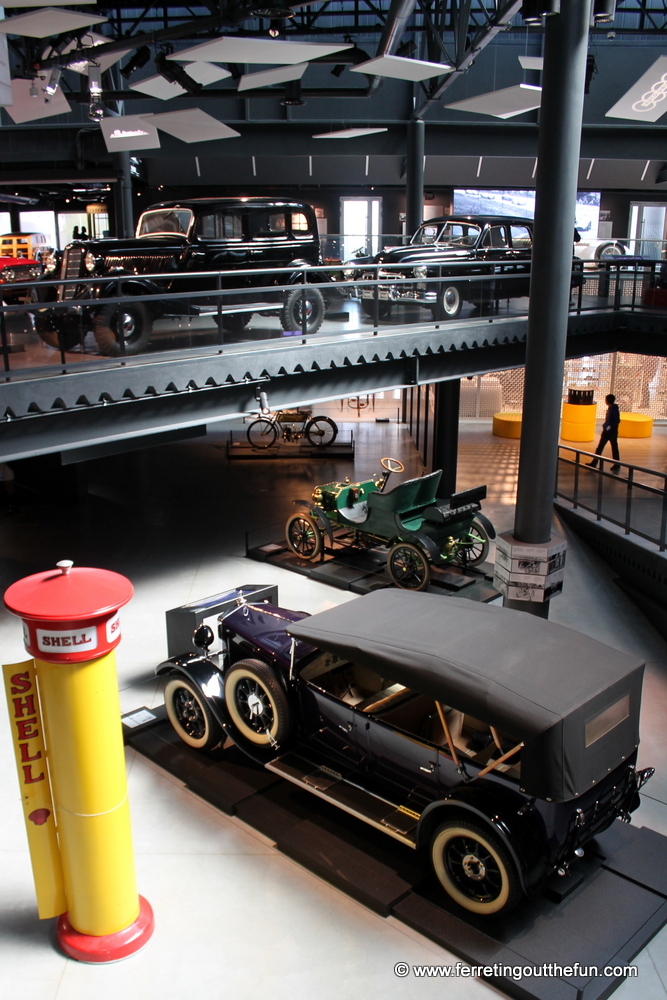
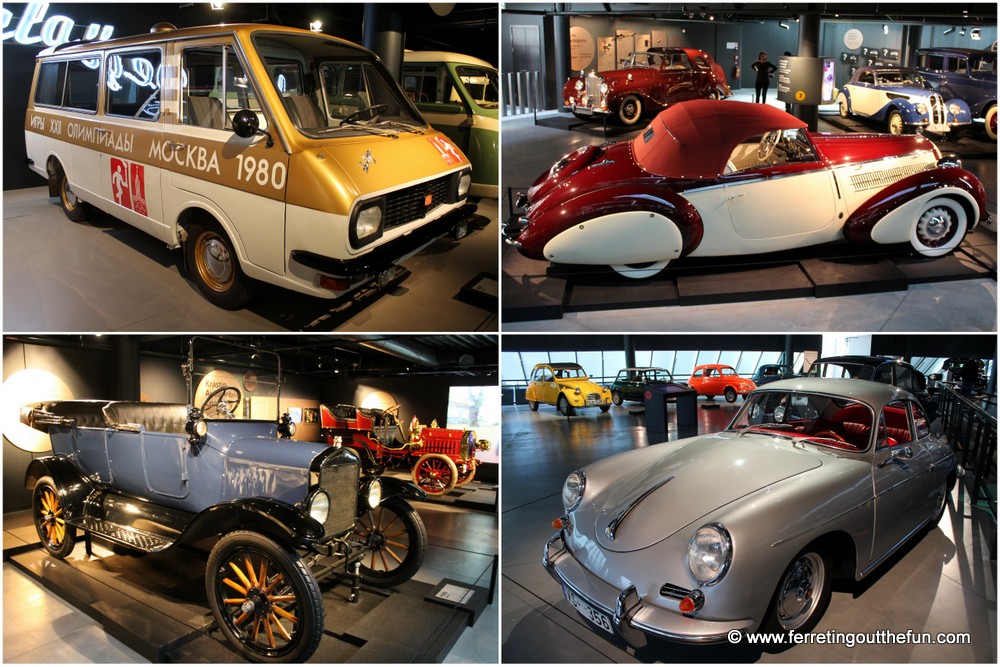
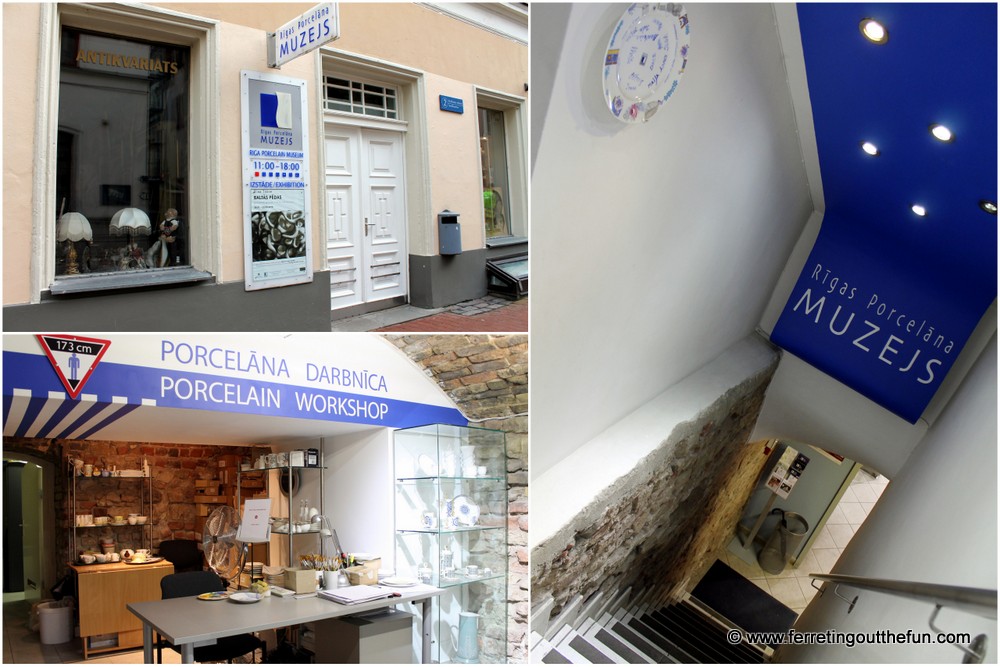
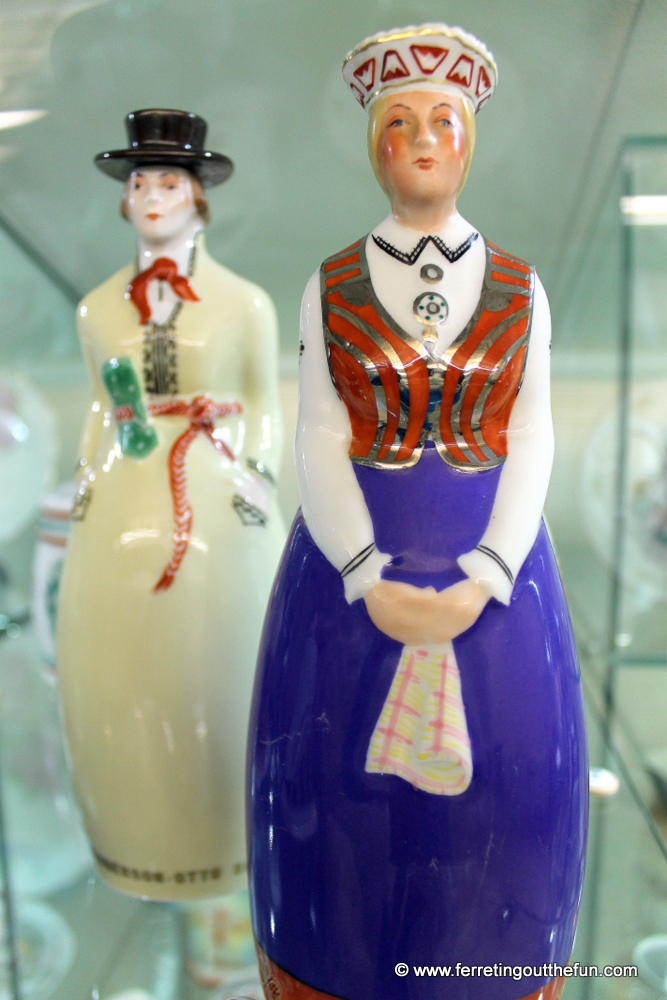
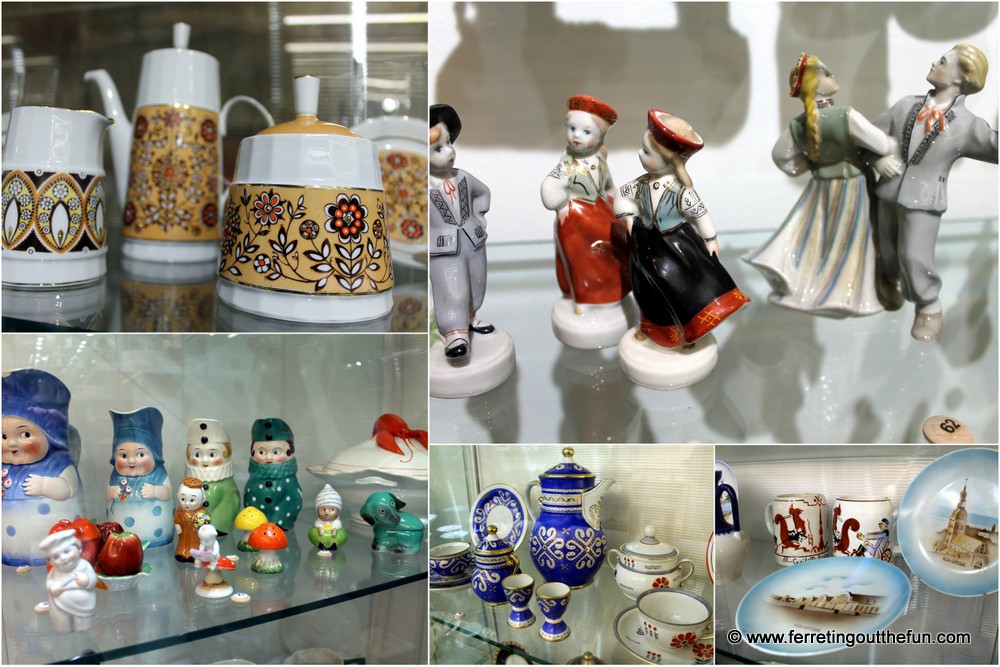
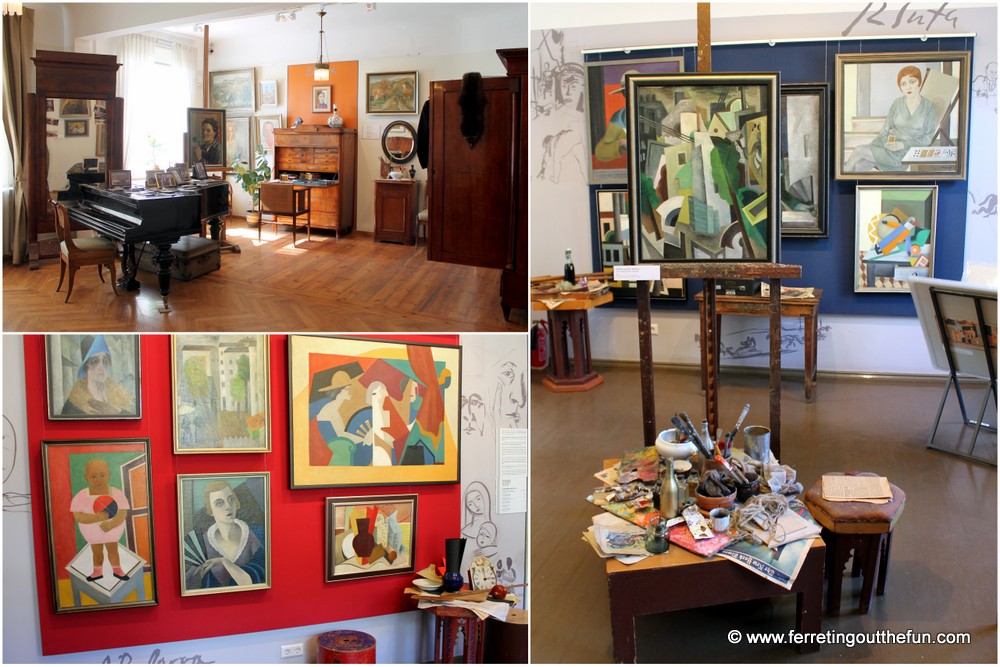
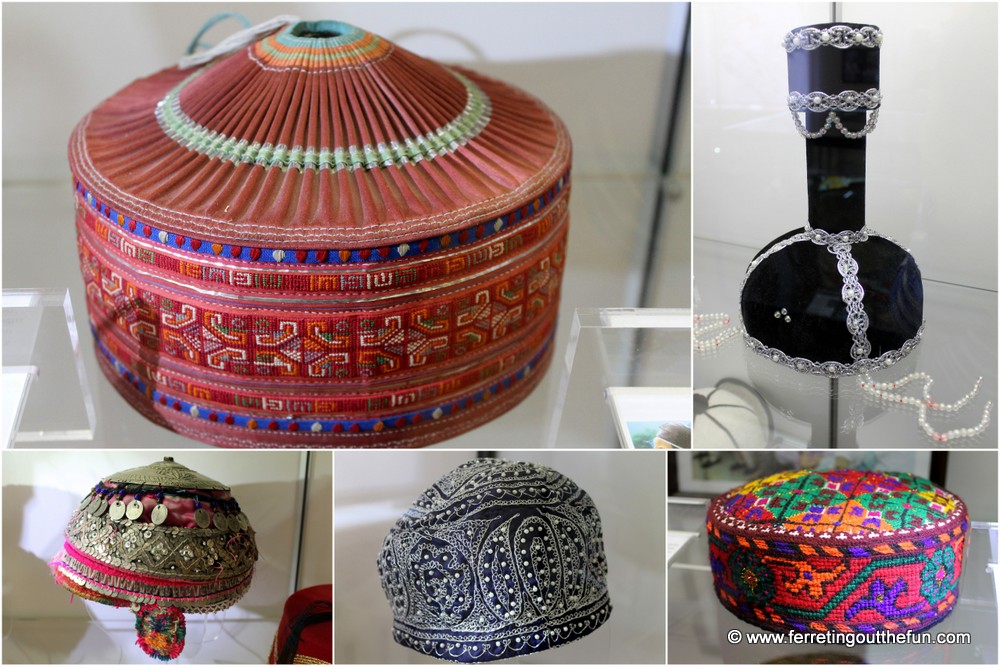
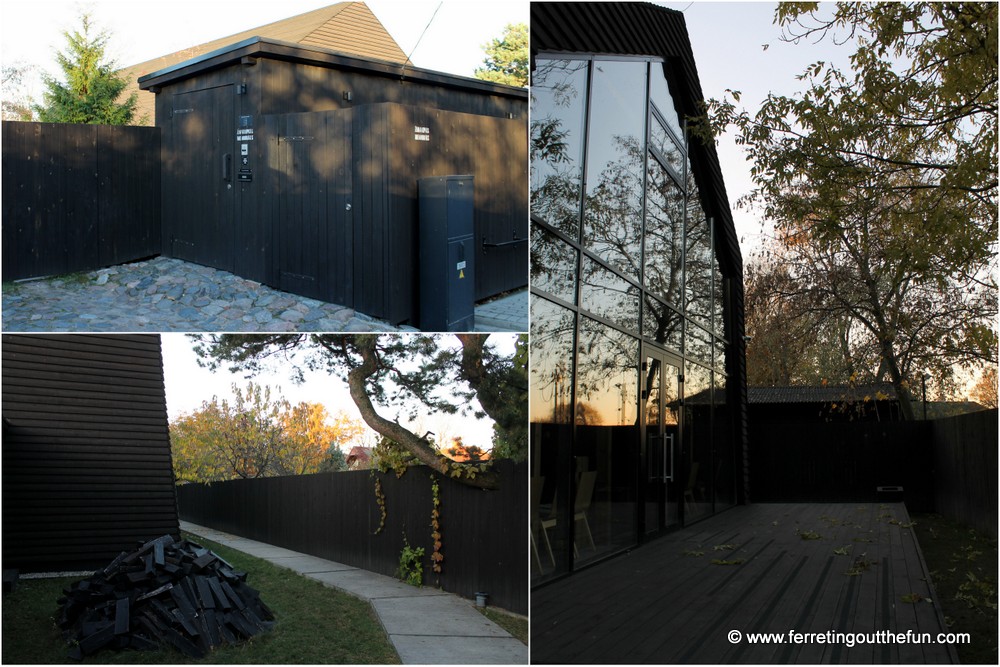
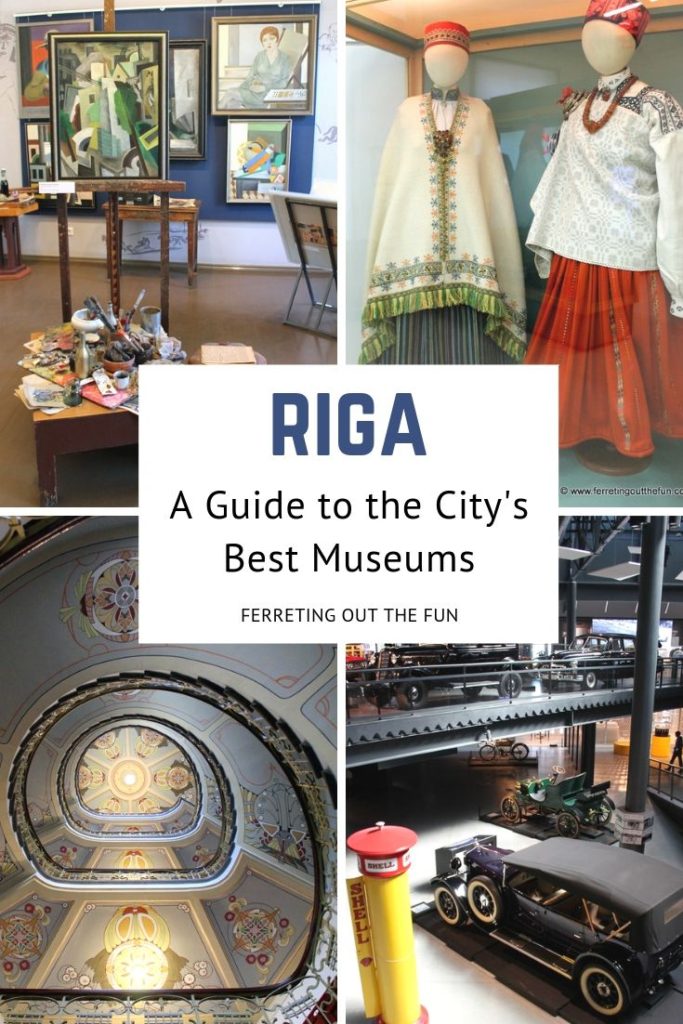
[…] For a relatively small city, Riga has a wealth of world-class museums. The Riga Bourse is a fine arts museum featuring a beautiful collection of European and Asian paintings and porcelain. The Museum of the History of Riga and Navigation may sound less than thrilling, but the exhibits are surprisingly engaging, particularly those on Peter the Great and Art Nouveau. Both museums are housed in stunning heritage buildings in Riga’s Old Town. The architecture alone is worth the price of admission! For even more museum ideas, you can find my complete guide here. […]